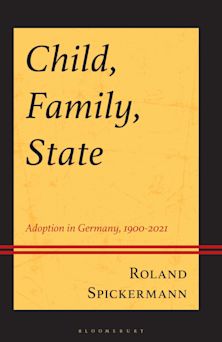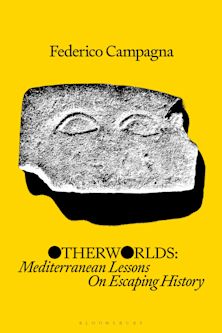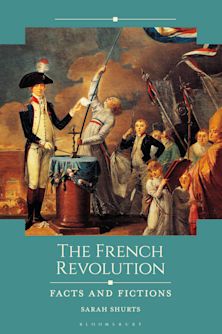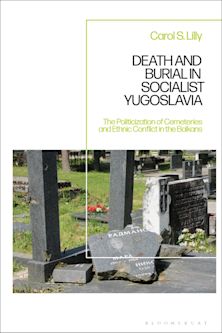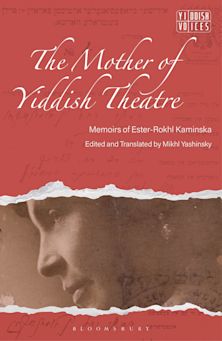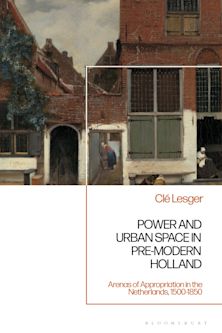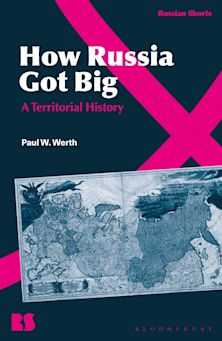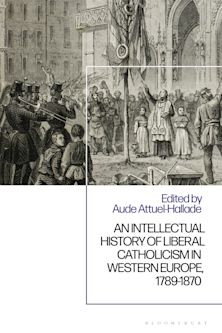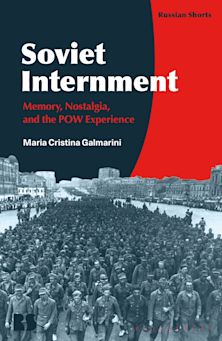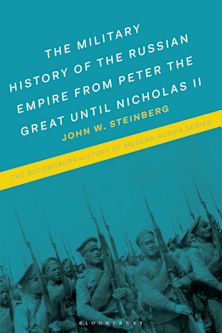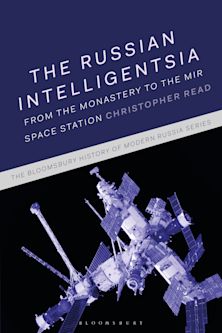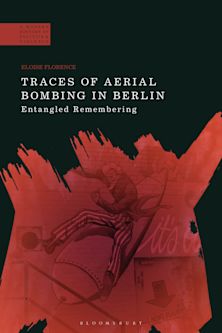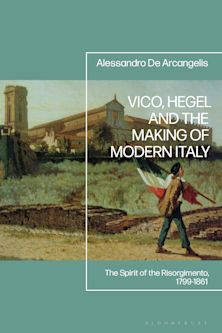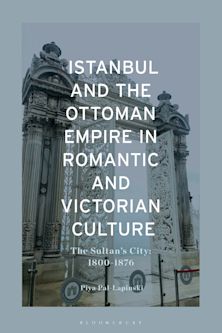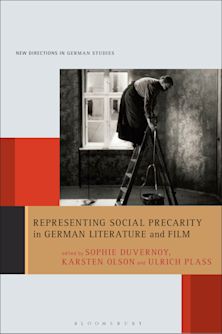- Home
- ACADEMIC
- History
- European History
- Women’s Lives and Livelihoods in Post-Soviet Uzbekistan
Women’s Lives and Livelihoods in Post-Soviet Uzbekistan
Ceremonies of Empowerment and Peacebuilding
Women’s Lives and Livelihoods in Post-Soviet Uzbekistan
Ceremonies of Empowerment and Peacebuilding
This product is usually dispatched within 1 week
- Delivery and returns info
-
Free CA delivery on orders $40 or over
You must sign in to add this item to your wishlist. Please sign in or create an account
Description
Women in Uzbekistan have been labeled as victims of patriarchy and submissive, voiceless bodies who lack agency and decision-making power. They are also often symbolized as preservers of rituals and culture and also the victims of socio-economic transformations. During the years of land tenure changes from collectivization to de-collectivization, World War II and the five-year plan economy, women played a vital role in pursuing a diverse range of livelihood opportunities to sustain their families and communities. But what kind of livelihood activities do women pursue in rural areas in Uzbekistan? What do they think about themselves? Do they exercise agency? What are their values, desires, dreams, and inspirations in the post-Soviet period in Uzbekistan?
Women’s Lives and Livelihoods in Post-Soviet Uzbekistan presentswomen’s voices and their experiences of carrying out livelihood activities such asfarming, trading, baking, sewing, building greenhouses, and establishing furniture workshops. In a major contribution to the study of post-Soviet transformations, Zulfiya Tursunova demonstrates how women exercise multi-dimensional empowerment by joining social and economic saving networks such as gap and chernaya kassa. These networks represent a collective movement and action against economic dependency of women on men and the state micro-loan bank system. The networks that do not require external donor interventions have been able to empower women for social justice, knowledge, redistribution of resources, and conflict resolution in ways that are vital to community development.
Tursunova provides accounts of such ceremonies as mavlud, ihson, Bibi Seshanba, and Mushkul Kushod. These ceremonies show the ways the conflict resolution practices of women are woven into their everyday life, and function autonomously from the hierarchical elite-driven Women’s Committees and state court systems established in the Soviet times. Many local healers and otins (religious teachers) use their discursive knowledge, based on Islam, Sufism, shamanism, and animism to challenge and transform women’s subordination, abuse, and other practices that impinge on women’s needs and rights. These female religious leaders, through different ceremonial practices, create space for raising the critical consciousness of women and transform the social order for maintaining peace in the communities.
Table of Contents
Figures ix
Acknowledgments xi
Preface xiii
Chapter 1Introduction 1
Chapter 2Women’s Rituals: Sacred Spaces of Knowledge 23
and Empowerment
Chapter 3“The Imperial Pleasure:” Construction and the 45
Representation of Women
Chapter 4Women’s Constraints and Empowerment in 71
Livelihood Strategies
Chapter 5 Women, Islam, and Livelihood Strategies 103
Chapter 6 Gap as a Space of Agency, Power, and Knowledge 115
Chapter 7“Cutting the Knots:” Ceremonies of Healing 139
and Peacebuilding
Chapter 8Conclusion: Grassroot Structures of Empowerment 173
and Peacebuilding
Glossary181
Appendix–A187
Bibliography 199
Index 215
About the Author221
Product details
| Published | Jun 05 2014 |
|---|---|
| Format | Hardback |
| Edition | 1st |
| Extent | 248 |
| ISBN | 9780739179772 |
| Imprint | Lexington Books |
| Illustrations | 7 BW Illustrations, 2 BW Photos |
| Dimensions | 237 x 159 mm |
| Publisher | Bloomsbury Publishing |
About the contributors
Reviews
-
This monograph’s leading contribution is its innovative understanding of women’s complexity in ways that oppose the received wisdom about what must happen at the state, government, or international development level for women to be considered empowered. . . .The book will be useful primarily for graduate students and researchers focused on Central Asia, but it will also appeal to scholars of feminist studies concerning women in development and transitional societies. . . .Tursunova has set a standard for detail throughout the eight chapters because she provides a near-complete understanding of how rural women work, cope with state-imposed constraints, seek out opportunities, involve themselves in credit networks, and learn about and practice Islam in part to deal with interpersonal relationships, cure illnesses, and salve relationships. For example, her discussion of gap—an Uzbek practice whereby small groups of friends socialize at a particular friend’s home to enjoy themselves, eat, and provide each other with material support for all sorts of needs (rotating credit societies)—is unparalleled in contemporary writing on Central Asia.
Slavic Review
-
Women's Lives and Livelihoods in Post-Soviet Uzbekistan: Ceremonies of Empowerment and Reconciliation is very timely and pertinent to the current geopolitics of conflict and to the disciplines of anthropology, women’s studies, global studies, and peace and conflict programs. Through exhaustive research, Zulfiya Tursunova calls for women’s empowerment by emphasizing the links between economic development and conflict resolution from a feminist perspective. Through ethnographic research in a village in Uzbekistan, Tursunova details how grass roots women achieve equality in their society in culture-specific ways. Women’s Lives and Livelihoods in Post-Soviet Uzbekistan calls for researchers to look at the alternative strategies women employ to empower themselves and become mediators, not in an attempt to challenge dominant western paradigms of feminism and conflict resolution, but to expose the west to these strategies as viable options for local women.
Huma Ahmed-Ghosh, San Diego State University
-
This is a groundbreaking book on how rural women strive for personal and social development, peacemaking, and healing during a time of tremendous political, economic, and social upheaval. Through their labor and social activities, women mobilize a wealth of strategies and draw on cultural knowledge and practices in order to confront barriers and hardship. Dr. Tursunova conducted the research in Uzbek and in a spirit of relational accountability with the women whose voices, experiences, and perspectives are central to this research.
Jessica Senehi, University of Manitoba













